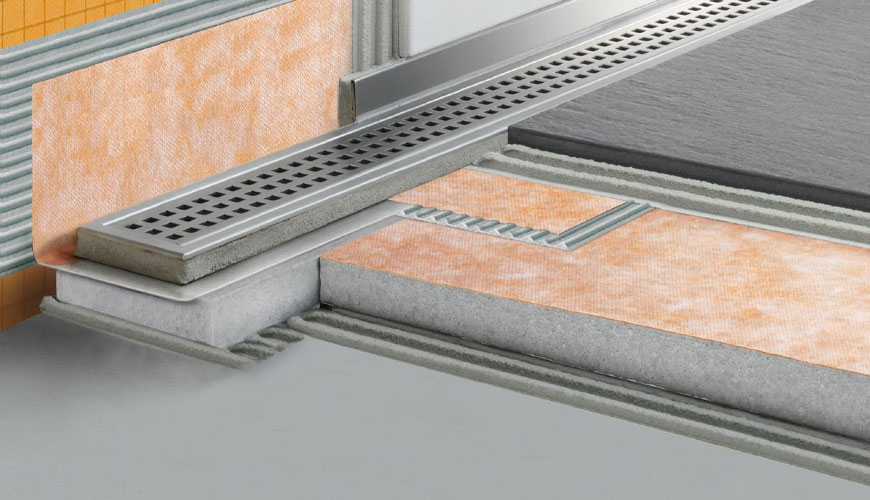

EUROLAB, together with its state-of-the-art accredited laboratories and expert team, provides precise and fast testing services within the scope of ASTM D5311 testing. This test method involves determining the cyclic strength (sometimes called liquefaction potential) of undisturbed or diluted saturated soils by the load-controlled cyclic triaxial technique.

The cyclic strength of a floor is evaluated based on a number of factors, including:
A comprehensive review of the factors affecting cyclic triaxial test results is available in the literature. Cyclic triaxial strength tests are performed under undrained conditions to simulate essentially undrained site conditions during earthquakes or other cyclic loading.
This test method is generally applicable to testing cohesionless free-draining soils with relatively high permeability. When testing well-graded materials, silts or clays, it should be accepted that the pore pressures observed at the sample ends are generally not representative of the pore pressure values across the sample. However, this test method can be followed when testing most soil types if care is taken to ensure that problem soils are specifically considered when tested and test results are evaluated.
There are certain limitations inherent in using cyclic triaxial tests to simulate the stress and strain conditions of a soil element at the site during an earthquake.
Non-uniform stress conditions in the test specimen are exerted by the specimen end plates. This can cause a redistribution of the void ratio in the sample during testing.
The maximum cyclic shear stress that can be applied to the sample is controlled by the stress conditions at the end of consolidation and the pore water pressures generated during testing. For an isotropic consolidated shrinkage (volume-reducing) sample tested in cyclic compression, the maximum cyclic shear stress that can be applied to the sample is equal to half the initial total axial pressure. Since cohesionless soils do not have tensile capacity, repeated shear stresses greater than this value tend to lift the top plate from the soil sample. Also, as the pore pressure increases during tests on isotropically consolidated samples, the effective containment pressure decreases, contributing to the sample's tendency to bow during the elongation portion of the load cycle.
The interaction between the sample, the membrane and the confining fluid has an effect on the cyclic behavior. Membrane compatibility effects are not easily explained in the test procedure or interpretation of test results. Changes in pore water pressure can cause changes in membrane penetration in cohesive soil samples. These changes can significantly affect test results.
This standard does not purport to address all, if any, safety concerns associated with its use. It is the responsibility of the user of this standard to establish appropriate safety and health practices and to determine the applicability of regulatory restrictions prior to use.
EUROLAB assists manufacturers with ASTM D5311 test compliance. Our test experts, with their mission and professional working principles, provide the best service to you, the manufacturers and suppliers, and a controlled testing process in our laboratories. Thanks to these services, companies receive more effective, high-performance and quality testing services and provide their customers with a safe, fast and uninterrupted service.
To get an appointment, to get more detailed information or to request an evaluation, you can ask us to fill in our form and reach you.